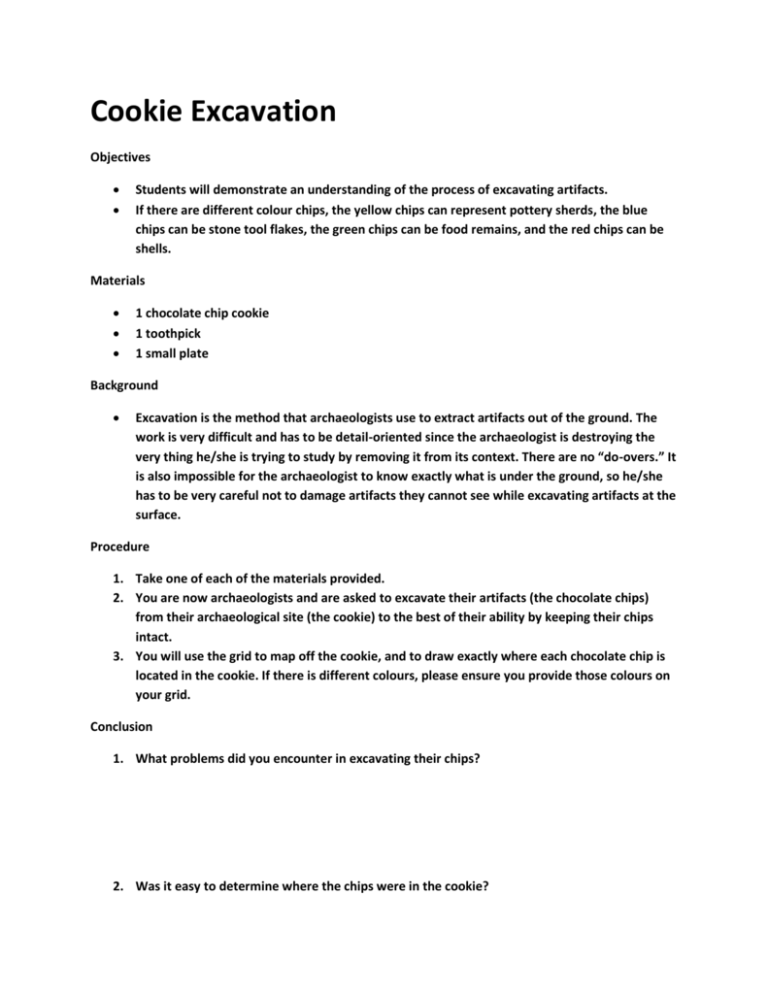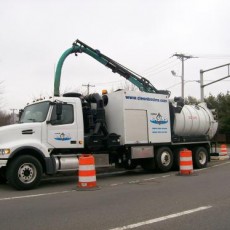The Definitive Guide for Grading Contractors
Wiki Article
Not known Facts About Demolition
Table of ContentsGrading Contractors for DummiesFacts About Trencher Revealed8 Simple Techniques For TrencherTop Guidelines Of General ContractorThe Definitive Guide to General Contractor


Scrapers or Pans excavate dirt in one area, haul as well as unload the soil in one more place (general contractor). It is tough to match the efficiency of scrapers for cut/fill dirt procedure if the haul range is much less after that a mile. Scrapes are generally pulled by a rubber tire wheel tractor as well as are often pushed via the cut location by an excavator.
There are lot of times that scrapers are not utilized for website grading as well as a dump vehicle is used: the haul may be to long, the haul might go across roadways where scrapers are not permitted, difficult rock might be experienced, tools availability, etc. Unload trucks are in common use as well as most likely need little discussion.
Lots of vehicles have a top-hinged tailgate that can not discard any kind of rock broader after that the tailgate size. "Rock body" beds, on the other hand, have no tailgates and can dump any kind of dimension rock, although their volume capacity is lessened. These internet links show equipment specifications for a number of common dump trucks. Compaction Tools raises the thickness of the soil and in some cases provides a smooth, rolled surface area.
Excitement About Concrete Contractors
From a basic examination pit to percussion boring to core exploration the proprietor has significantly much more costly choices that produce progressively much better information about the site underground. The Owner on a 100,000 SF structure job may accredit twenty dull areas with split spoon dirt examples taken until rock is reached and after that core examples of rock.Knowing the kind as well as high quality of rock (from the core samples) as well as place of rock (from the soils boring) is a real benefit in jobsite preparation. Alternatively, the Proprietor of a 100,000 SF structure might choose to continue with no geotechnical screening whatsoever. The decision about geotechnical screening is typically made by an Owner without any input from the Building Manager.
An understanding of the approximate place of the rock aids the Building Supervisor to plan the sequence of actions complying with rock excavation. If rock is in one edge of a big structure project, for instance, the planet excavation could start at the opposite end of the building in order to start structure job soonest.
Starting the foundation work early would be an excellent suggestion if the rock can be eliminated by ripping. If the rock is extremely difficult and needs significant blasting, it may be prudent to hold structure job up until the blasting is finished. The Building Supervisor need to coordinate these sorts of choices and also make use of all the technical date available.
Unknown Facts About Trencher
Unclassified excavation specifies that all rock or other unanticipated materials (excluding harmful materials) encountered in the sitework will certainly be the obligation of the Contractor at no adjustment in agreement price. An unclassified excavation is easier from a book-keeping point ofview and also places the duty for geotechnical problems onto the Sitework Contractor.Exactly How Water Impacts Sitework? It's remarkable what a hefty rainfall can do to a building and construction job. Prior to the rainfall, the website might be dry, heavy equipment successfully moving earth, the various other trades smoothly performing their job. Within hours the job can be a careless, mud-hole with worker effectiveness reduced to regarding 10%.
In the majority of locations of the globe, the Construction Supervisor need to keep in mind a simple truth: IT WILL CERTAINLY RAINFALL. Good preparation can decrease the damages and disturbance of a heavy rainfall to a jobsite. Commonly the excavation and also grading is entrusted to the Sitework Contractor (as well as their Foremen is responsible to manage as well as route the hefty equipment and operators).
Consequently the Construction Manager must be continuously knowledgeable about what rainfall will certainly do to the task site. It is not unusual for the Sitework Foreman to work their heavy tools for optimal effectiveness as well as hope it does not rainfall. One of the very best ways to plan for rainfall is to slope all qualities to drain pipes as well as to smooth rolled the surface before a rainfall.
Excitement About Concrete Contractors
The Construction Supervisor should be discerning adequate to guarantee that hefty rain does not quit job on the job longer than essential. Daily discussions with Sitework Foremen might be called for to attain this objective. Whenever excavation is needed listed below the existing groundwater level on a job, the process of dewatering why not try here should be thought about.In a genuinely natural soil, the water travels so slowly through the clay or silt that dewatering is not usually necessary for the reasonably brief time of excavation. Dewatering might be required for a single ground excavation or for an entire task site. One of the most typical dewatering techniques are trench drains, deep wells and well factors.

Ground water infiltration can likewise be decreased by cutoff advice techniques such as sheet piling. High dewatering prices have paled the earnings margins on much too several jobs.
This option must constantly be taken into consideration when evaluating the possibility of dewatering. Certainly the alternative is just viable if gravity can run the water to reduced ground. Trench drains can be reduced with a backhoe and loaded with a coarse, granular material (# 4 stone for instance), but care needs to be worked out in choosing the water outlet kind and place.
The Concrete Contractors PDFs
A siphon, by meaning, uses air pressure to lug water from one elevation, up over an obstacle, to a reduced elevation. The pipelines in a siphon system must be impermeable as well as some ingenuity is usually needed to completely fill the siphon pipe. The siphon pipeline must be full for the siphon to start.A deep well contains a pump, tube and an upright well casing. The pump intake is at the bottom of the well covering (typically some smashed stone is put there as a filter tool) (trencher). The water is pumped up the tube, out of the well casing, as well as to an ideal discharge location.
In a rugged sand, for instance, a huge area can be pumped to near the pump intake altitude. A much less permeable soil, on the various other hand, lowers the efficiency of a deep well. Considering that the pump is typically at the bottom of the deep well, there are no elevation limitations because of vacuum excavation services lift, and also deep wells can lower the groundwater over 50 feet.
On the base of the wellpoint there is a 2 foot long screen and also valve, water jets out of this shutoff and develops a hole into which the wellpoint pipe can be reduced. This hole is often made a larger diameter (as an example 10 inches) to permit a rugged sand backfill to aid filter the water (excavation contractors near me).
Report this wiki page